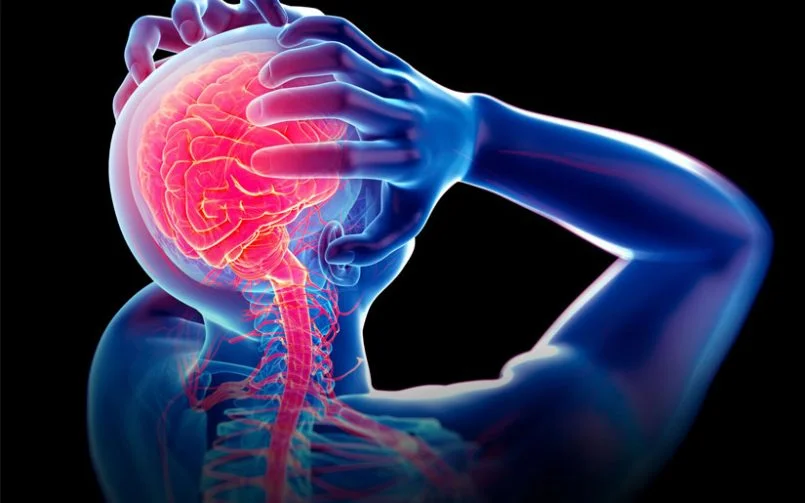“26-year-old Shweta Nanda, software engineer by profession consulted with Dr. Prashant Makhija, Neurologist at, Wockhardt Hospital Mumbai central for her frequent headaches.
She reported that her headaches started at a much younger age and almost 20-30 minutes prior to the headaches she would notice blurring of vision, subsequently she would start having pulsatile headache. She initially consulted an Ophthalmologist who suggested correction of a minor refractive error but as the headaches persisted she consulted a Physician who attributed it to exam related stress. In the last 3-4 yrs., headaches became more frequent and many a times without “visual warning” and lately she started having analgesics on multiple days in a month. Dr. Makhija found out that Shweta’s neurological examination was within normal limits and all her routine blood investigations as well as repeated brain scans were normal. A detail interview with the patient revealed that what started as infrequent “Migraine with aura” was becoming more frequent and many a times without the “visual auras”.
This further transformed over time to “Chronic daily headache”. She was asked to maintain a headache dairy and started on Migraine prophylactics and explained that she may have to continue the medications for a reasonable period of time. She showed remarkable response in three weeks and over time her headaches resolved. Shweta not only regained her confidence at work place but her personal life was also back on track.”
There are four major types of headache: vascular, muscle contraction (tension), traction, and inflammatory. The most common type of vascular headache is a migraine
A migraine is a severe, painful headache that can be preceded or accompanied by sensory warning signs such as flashes of light, blind spots, tingling in the arms and legs, nausea, vomiting, and increased sensitivity to light and sound. The excruciating pain that migraines bring can last for hours or even days. The typical headache of migraine starts on one side of the head usually around the eye or forehead.
A migraine occurs when hyperactive nerve cells send impulses to blood vessels. These blood vessels then constrict, resulting in the release of substances that cause severe pain and discomfort. Migraines differ from a typical headache because they last much longer. Migraine is 2 to 3 times more frequent in women than in men.
A person suffering from migraines will always like to relax in the dark and quiet place and most of the times relief can be obtained only when vomiting takes place. Many things can trigger a migraine.
These include:
• Poor coping life skills
• Anxiety or Stress – related to exams, Deadline, work related, interpersonal, family etc.
• Travel
• Lack of food Lack of sleep or sleeping more than usual
• Exposure to bright sunlight
• Hormonal changes (in women)- premenstrual migraine
• Certain food like cheese, banana, curds, coffee
Treatment is definitely required and it is best to see a Neurologist to determine the type and cause of headache. Management of Primary headache disorder in general involves a combination of lifestyle modification, judicious use of analgesics and prophylactics medications if the patient is having frequent Migraine headaches. While management of Secondary headache, apart from symptomatic management with analgesics, is directed towards treating the underlying brain disorder.
Most of the time, a headache is self- treated and isn’t properly clinically diagnosed. This causes a longer diagnosis period, making treatment difficult. In India, headaches are underestimated, under-recognised and under-treated.
To know more about headache and diagnosis please consult our neurology department at Wockhardt Hospital.
The Neurosciences department at Wockhardt Hospitals is well-equipped to take care of patients with complex neurological and neurosurgical problems. In particular, our focus areas are stroke, migraine, Parkinson’s disease and other movement disorders, Epilepsy, vascular malformations and brain/spinal cord tumours. Our renowned team of neurologists evaluate all neurological disorders and have been successful in treating various conditions at the hospital




